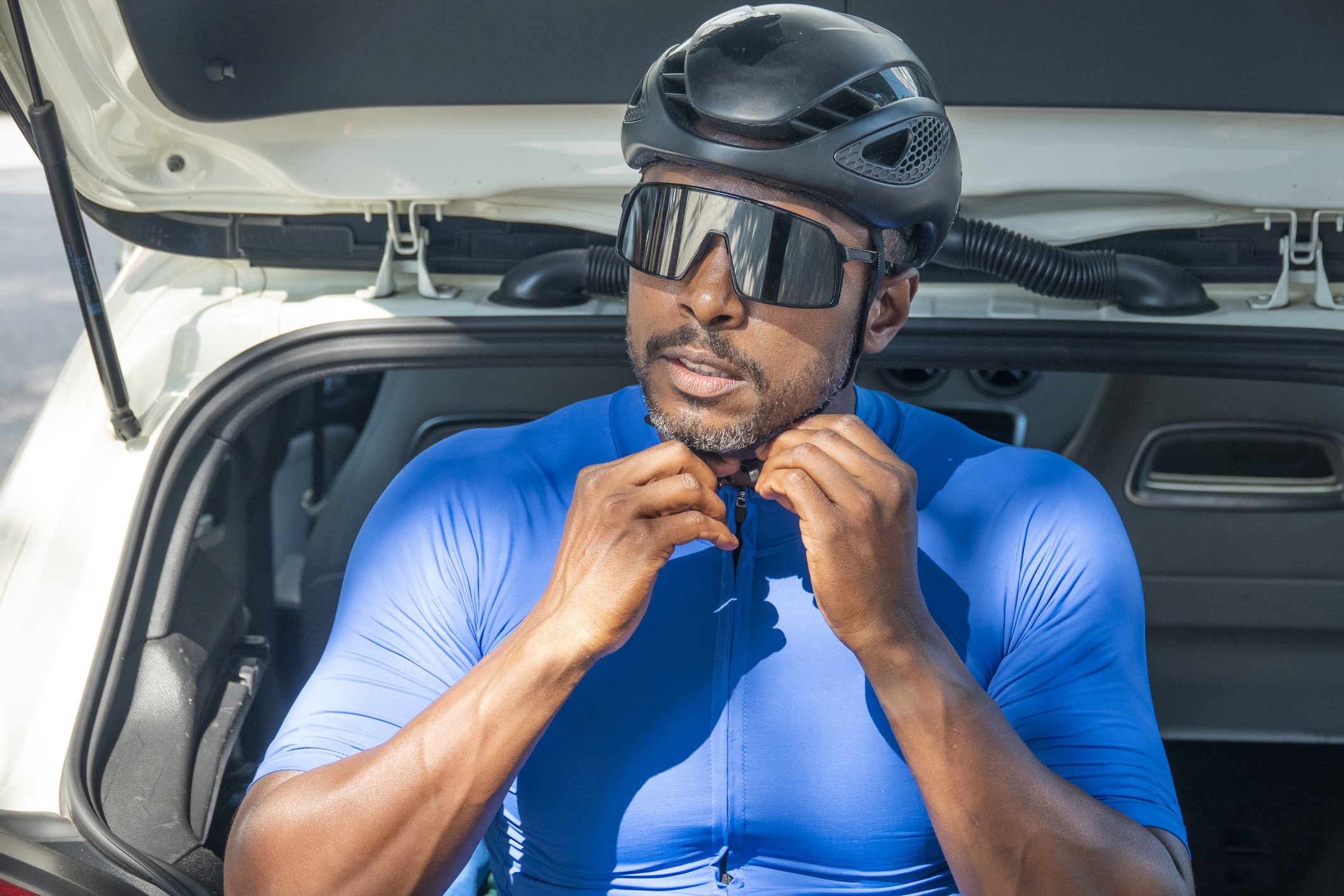Biking helmets are one of the most worn biking protective gear, and they can help keep you safe on your rides. There are some protection standards that all biking helmets should meet. However, when buying a new helmet, there are some things apart from the protection standards you should consider.
Find the Right Fit
For maximum protection, your helmet should fit you perfectly. It should be snug but not too tight, and it shouldn’t be too loose either to ensure you are comfortable and that it does not fall off during the ride.
To find the perfect size, measure the circumference of your head from the part with the largest circumference (an inch above the eyebrows). You should also test the fit of the helmet before buying it by putting it on and adjusting the straps.
Ensure that the straps form a V under every ear before backing them back up. To test its fit, open your mouth as wide as you can and if the helmet presses against the top of the head, it is a perfect fit. If not, it is loose, and you can try adjusting or changing it for another one.
Make Sure it Offers Enough Protection
The key reason why cyclists wear helmets is to keep themselves safe from injuries caused after a fall. Therefore, you have to ensure that your helmet will provide you with maximum protection. Your helmet should have its plastic shell and liner in good condition.
The plastic shell offers puncture resistance and enables your helmet to slide upon impact, protecting your neck and head. The liner, made from expanded polystyrene foam, slows your head down and dissipates the impact.
Consider the Style
Biking helmets come in different styles because there are different cycling styles. Whether you are a mountain, recreational, or road biker, you have to ensure that the helmet fits your style.
Mountain biking helmets tend to be heavier and have a lot of padding at the back because mountain bikers tend to fall on their back. They also come with visors that help keep the sun away from your eyes. For protection when riding downhill, there might also be a full faceguard that resembles that of motorbike helmets.
Road biking helmets are lighter, have more ventilations, and are more aerodynamic. That provides maximum comfort, even when you cycle at high speeds. Recreational helmets are more basic than the other two and are also lighter.
Know the Technology
New technology is introduced to biking helmets practically every day. You have to consider the technology in your helmet for comfort and safety. Some technology features include;
• Multi-directional Impact Protection System- Has a low-friction layer, which allows the liner to rotate slightly upon impact, redirecting rotational effects.
• Shearing Pads Inside- Features silicone-injected pads inside the plastic shell. The pads move upon impact, redirecting rotational forces.
• Ventilation- Vents promote airflow inside the helmet and over your head, keeping you cooler and more comfortable throughout the ride.
• Mount capability- This allows you to mount your torch or camera.
• Magnetic buckles- makes it easier for you to put on the helmet when wearing gloves, and they hardly unbuckle.
Following these guidelines will help you find the best helmet for your ride!
Share this post:


